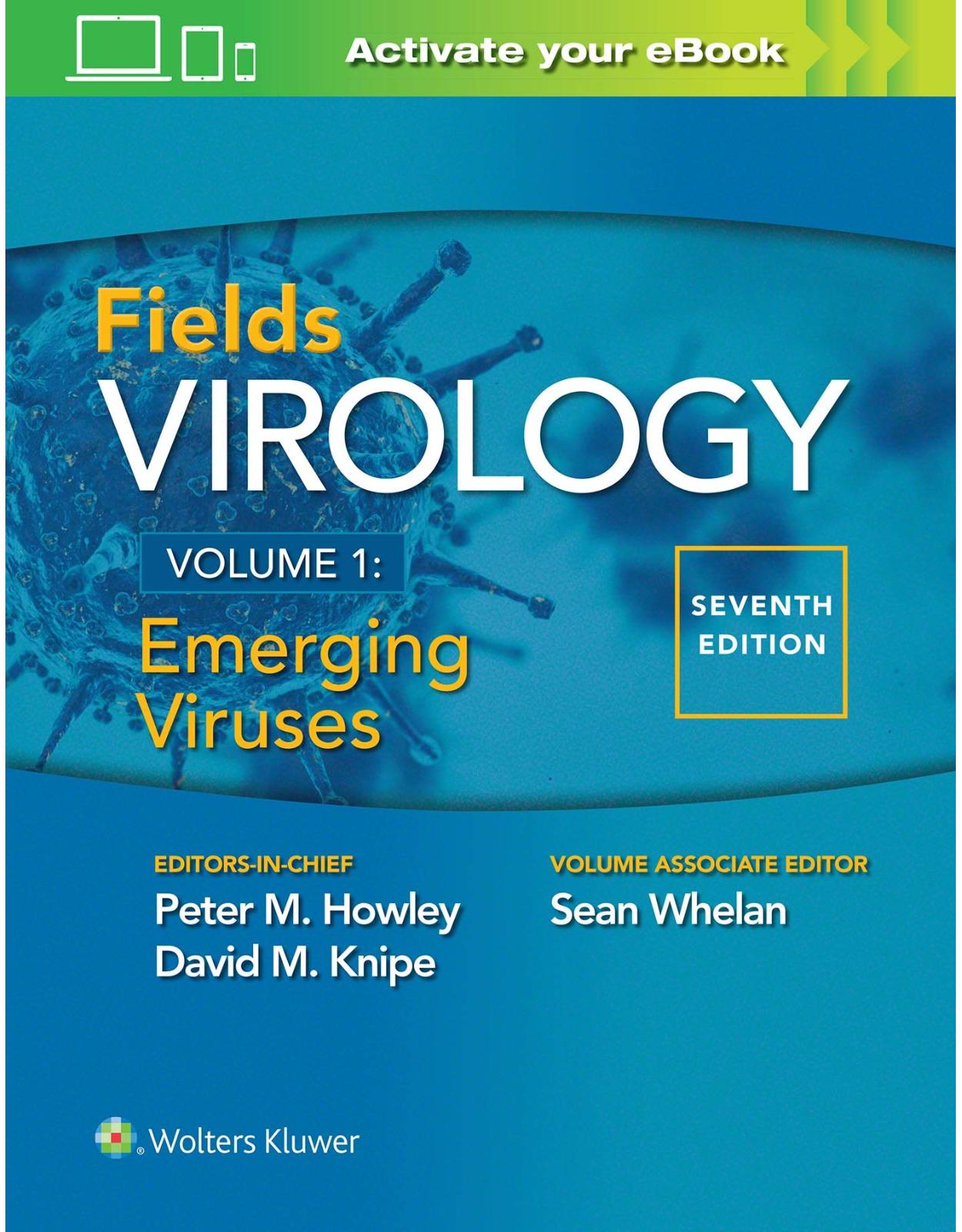
Fields Virology: Emerging Viruses
Livrare gratis la comenzi peste 500 RON. Pentru celelalte comenzi livrarea este 20 RON.
Disponibilitate: La comanda in aproximativ 4 saptamani
Editura: LWW
Limba: Engleza
Nr. pagini: 1256
Coperta: Hardcover
Dimensiuni: 15.3 x 3.6 x 22.9 cm
An aparitie: 9 April 2020
Description:
Now in four convenient volumes, Fields Virology remains the most authoritative reference in this fast-changing field, providing definitive coverage of virology, including virus biology as well as replication and medical aspects of specific virus families. This volume of Fields Virology: Emerging Viruses, Seventh Edition covers recent changes in emerging viruses, providing new or extensively revised chapters that reflect these advances in this dynamic field.
Bundled with the eBook, which will be updated regularly as new information about each virus is available, including coronavirus and COVID-19, this text serves as the authoritative, up-to-date reference book for virologists, infectious disease specialists, microbiologists, and physicians, as well as medical students pursuing a career in infectious diseases.
- Covers both basic science and medical features of each virus, emphasizing viruses of medical importance and interest, while also including other viruses in specific cases where more is known about their mechanisms of replication or pathogenesis.
- Covers virus evolution, as well as Coronoviridae, Picornaviridae, Enteroviruses, Caliciviridae, Hepatitis C Virus, Filoviridae, Henipaviruses, Orthomyxoviruses, Bunyavirales, Arenaviridae, and much more.
- Features over 500 full-color illustrations, including key figures for use as lecture slides.
- Provides quick, flexible access to current information both in print and in an improved eBook format, searchable across all volumes.
- Discusses virus structure, virus entry, replication, and assembly, virus-host cell interactions, host immune responses and vaccines, antiviral therapeutics, virus evolution and immunization.
New and forthcoming Fields Virology volumes, available in print and eBook format, which are sold separately:
- Emerging Viruses
- DNA Viruses
- RNA Viruses
- Fundamental Viruses
Enrich Your eBook Reading Experience
- Read directly on your preferred device(s), such as computer, tablet, or smartphone.
- Easily convert to audiobook, powering your content with natural language text-to-speech.
Table of Contents:
1. Cover
2. Title Page
3. Copyright
4. Contibutors
5. Preface
6. Contents
7. 1 Virus Evolution
8. INTRODUCTION
9. THE ORIGINS OF VIRUSES AND PATTERNS OF VIRUS EVOLUTION
10. The Origins of Viruses
11. The Time Scale of Virus Evolution
12. Codivergence and Cross-Species Transmission in Virus Evolution
13. Metagenomics and Virus Evolution
14. PROCESSES OF VIRUS EVOLUTION
15. Mutation and Nucleotide Substitution in Viruses
16. Natural Selection and Genetic Drift in Virus Evolution
17. Intra- and Interhost Diversity and Transmission Bottlenecks
18. Evolutionary Interactions: Epistasis, Defecting Interfering Particles, and Complementation
19. The Evolution of Viral Recombination
20. The RNA Virus Quasispecies
21. PATTERNS AND PROCESSES OF VIRAL GENOME EVOLUTION
22. The Evolution of Virus Genome Size
23. The Evolution of Genome Organization
24. Lateral Gene Transfer and Modular Evolution
25. 2 Picornaviridae: The Viruses and Their Replication
26. CLASSIFICATION
27. VIRION STRUCTURE
28. Physical Properties
29. Ratio of Particles to Infectious Viruses
30. High-Resolution Structure of the Virus Particle
31. Surface of the Virus Particle
32. Interior of the Virus Particle
33. Hydrophobic Pocket
34. Myristate
35. Neutralizing Antigenic Sites
36. GENOME STRUCTURE AND ORGANIZATION
37. Genetics
38. STAGES OF REPLICATION
39. Attachment
40. Entry into Cells
41. Translation of the Viral RNA
42. Processing of the Viral Polyprotein
43. Viral RNA Synthesis
44. ORIGINS OF DIVERSITY
45. Misincorporation of Nucleotides
46. Recombination
47. Codon Usage
48. ASSEMBLY OF VIRUS PARTICLES
49. EFFECTS OF VIRAL REPRODUCTION ON THE HOST CELL
50. Inhibition of 5′ End–Dependent mRNA Translation
51. Modulation of eIF4F Activity
52. Stress-Associated RNA Granules
53. Inhibition of Cellular RNA Synthesis
54. Inhibition of Nucleocytoplasmic Trafficking
55. Inhibition of Protein Secretion
56. Metabolic Reprogramming
57. Cell Death and Virus Release
58. PERSPECTIVES
59. 3 Enteroviruses: Polioviruses, Coxsackieviruses, Echoviruses, and Newer Enteroviruses
60. HISTORY
61. INFECTIOUS AGENTS
62. Physical and Chemical Properties
63. Antigenic Characteristics and Taxonomy
64. Propagation and Assay in Cell Culture
65. Infection in Experimental Animals: Host Range
66. Other Human Picornaviruses
67. PATHOGENESIS AND PATHOLOGY
68. Entry into the Host
69. Site of Primary Replication
70. Spread in the Host
71. Cell and Tissue Tropism
72. Immune Response
73. Release from Host
74. Virulence
75. Persistence
76. EPIDEMIOLOGY
77. Demographics
78. Transmission
79. Prevalence and Disease Incidence
80. Molecular Epidemiology
81. CLINICAL FEATURES
82. Poliomyelitis
83. Postpolio Syndrome and Amyotrophic Lateral Sclerosis
84. Acute Flaccid Myelitis
85. Meningitis and Encephalitis
86. Cardiac Disease
87. Muscle Disease Including Pleurodynia
88. Diabetes
89. Eye Infections
90. Respiratory Infections
91. Herpangina and Hand-Foot-and-Mouth Disease
92. Neonate and Infant Disease
93. DIAGNOSIS
94. Differential and Presumptive Diagnosis
95. Laboratory Diagnosis
96. PREVENTION AND CONTROL
97. Treatment
98. Vaccines
99. Poliovirus Vaccine and Eradication
100. PERSPECTIVES
101. 4 Caliciviridae: The Viruses and Their Replication
102. HISTORY
103. CLASSIFICATION
104. VIRION STRUCTURE
105. GENOME STRUCTURE AND ORGANIZATION
106. Viral Proteins
107. STAGES OF REPLICATION
108. Replication Strategy
109. Mechanism of Attachment
110. Mechanism of Entry and Intracellular Trafficking
111. Uncoating
112. Translation
113. Replication of Genomic Nucleic Acid
114. Assembly
115. Release
116. PATHOGENESIS AND PATHOLOGY
117. Entry into the Host
118. Site of Primary Replication
119. Cell and Tissue Tropism
120. Spread in the Host
121. Immune Response
122. Release from Host and Transmission
123. Virulence
124. Persistence
125. EPIDEMIOLOGY
126. Age
127. Morbidity and Mortality
128. Origin and Spread of Epidemics
129. Prevalence and Seroepidemiology
130. Genetic Diversity of Virus
131. CLINICAL FEATURES
132. DIAGNOSIS
133. Differential
134. Laboratory
135. PREVENTION AND CONTROL
136. Treatment
137. Vaccines
138. Infection Control
139. PERSPECTIVE
140. 5 Togaviridae: The Viruses and Their Replication
141. CLASSIFICATION OF VIRUSES WITHIN THE TOGAVIRIDAE FAMILY
142. VIRION STRUCTURE
143. Structure of Mature Virion
144. Structure of Immature Virion
145. The Structural Proteins of the Virion
146. GENOME STRUCTURE AND ORGANIZATION
147. ALPHAVIRUS REPLICATION
148. Mechanism of Attachment and Receptors
149. Mechanisms of Entry, Membrane Fusion, and Uncoating
150. Translation and the Role of Viral-Encoded Replication Proteins
151. Transcription and Replication of Genomic Nucleic Acid
152. Assembly of Nucleocapsid Core, Glycoprotein Synthesis, and Processing
153. Virion Budding
154. Effects on the Host Cell
155. Defective Interfering Genomes and Replicon Systems
156. RUBIVIRUS REPLICATION
157. Virion Structure and Entry
158. Transcription, Translation, and Genome Replication
159. Virus Assembly
160. PERSPECTIVES
161. 6 Alphaviruses
162. HISTORY
163. INFECTIOUS AGENTS
164. Propagation and Assay in Tissue Culture
165. Biological Characteristics
166. Antigenic Composition
167. Evolution and Phylogeny
168. PATHOGENESIS AND PATHOLOGY IN VERTEBRATES
169. Entry
170. Sites of Primary Replication
171. Spread
172. Cell and Tissue Tropism
173. Immune Responses
174. Pathological Changes
175. Release and Transmission
176. Veterinary Correlates and Animal Models
177. Virulence
178. Persistence
179. Congenital Infection
180. PATHOGENESIS AND PATHOLOGY IN MOSQUITOES
181. Entry and Sites of Primary Replication
182. Spread
183. Pathology, Persistence, and Host Response
184. ALPHAVIRUSES ASSOCIATED PRIMARILY WITH ENCEPHALITIS
185. Eastern Equine Encephalitis
186. Western Equine Encephalitis
187. Venezuelan Equine Encephalitis
188. ALPHAVIRUSES ASSOCIATED PRIMARILY WITH RASH AND POLYARTHRITIS
189. Chikungunya
190. O’nyong-Nyong
191. Ross River
192. Sindbis
193. Barmah Forest
194. Mayaro and Una
195. OTHER ALPHAVIRUSES
196. Semliki Forest
197. Other SFV-Related Viruses
198. Salmonid Alphaviruses
199. DIAGNOSIS
200. PREVENTION AND CONTROL
201. Treatment
202. Vaccines
203. Other
204. PERSPECTIVE
205. 7 Flaviviridae: The Viruses and Their Replication
206. INTRODUCTION
207. Family Classification
208. Family Characteristics and Replication Cycle
209. FLAVIVIRUSES
210. Background and Classification
211. Structure and Physical Properties of the Virion
212. Binding and Entry
213. Genome Structure
214. Translation and Proteolytic Processing
215. Features of the Structural Proteins
216. Features of the Nonstructural Proteins
217. Ultrastructure and Biogenesis of the Flavivirus Replication Organelle
218. RNA Replication
219. Assembly and Release of Particles from Flavivirus-Infected Cells
220. HEPACIVIRUSES
221. Background and Classification
222. Structure and Physical Properties of the Virion
223. Binding and Entry
224. Genome Structure
225. Translation and Proteolytic Processing
226. Features of the Structural Proteins
227. Features of the Nonstructural Proteins
228. Ultrastructure and Biogenesis of the HCV Replication Organelle
229. RNA Replication
230. Virus Assembly
231. PEGIVIRUSES
232. Background and Classification
233. Clinical Perspective
234. Virion Structure and Entry
235. Genome Structure and Expression
236. Structural Proteins
237. Nonstructural Proteins
238. PESTIVIRUSES
239. Background and Classification
240. Structure and Physical Properties of the Virion
241. Binding and Entry
242. Genome Structure
243. Translation and Polyprotein Processing
244. Npro Autoprotease
245. Pestivirus Structural Proteins
246. Pestivirus Nonstructural Proteins
247. RNA Replication
248. Assembly and Release of Virus Particles
249. Pathogenesis of Mucosal Disease and the Generation of cp Pestiviruses
250. PERSPECTIVES
251. 8 Hepatitis C Virus
252. HISTORY
253. INFECTIOUS AGENT
254. Classification
255. HCV Particle Morphology
256. The HCV Replication Cycle
257. Genetic Diversity and Evolution
258. PATHOGENESIS AND PATHOLOGY
259. Spread
260. Entry into the Host
261. Cell and Tissue Tropism
262. Immune Response
263. EPIDEMIOLOGY
264. Morbidity and Mortality
265. Prevalence and Seroepidemiology
266. CLINICAL FEATURES
267. Acute HCV
268. Chronic HCV
269. DIAGNOSIS
270. Differential Diagnosis
271. Laboratory
272. Prevention and Control
273. PERSPECTIVE
274. 9 Flaviviruses: Dengue, Zika, West Nile, Yellow Fever and Other Flaviviruses
275. FLAVIVIRUS EVOLUTION, DIVERSITY, AND DISTRIBUTION
276. Molecular Phylogeny and Evolution
277. Global Distribution
278. FLAVIVIRUS COMPOSITION
279. Flavivirus Structural Proteins
280. Flavivirus Assembly and Structure
281. Subviral Particles
282. Virion Heterogeneity and Dynamics
283. CLINICAL AND PATHOLOGIC SYNDROMES OF THE FLAVIVIRUSES
284. Dengue Virus
285. Zika Virus
286. Yellow Fever Virus
287. West Nile Virus
288. Japanese Encephalitis Virus
289. St. Louis Encephalitis Virus
290. Tick-Borne Encephalitis Viruses
291. PATHOGENESIS AND IMMUNITY
292. Virus Attachment
293. The Cell Biology of Flavivirus Entry
294. Flavivirus Tropism
295. Mechanisms of Dissemination
296. Mechanisms of Immune Control—Innate Immunity
297. Humoral Immunity
298. T-Cell–Mediated Control
299. Flavivirus Immune Evasion
300. ANIMAL MODELS OF FLAVIVIRUS PATHOGENESIS AND DISEASE
301. Dengue Virus
302. Zika Virus
303. Yellow Fever Virus
304. West Nile Virus
305. FLAVIVIRUS VACCINES
306. Flavivirus Vaccine Platforms
307. Yellow Fever Virus
308. Dengue Virus
309. Japanese Encephalitis Virus
310. Tick-Borne Encephalitis Virus
311. Zika Virus
312. West Nile Virus
313. ACKNOWLEDGMENTS
314. 10 Coronaviridae: The Viruses and Their Replication
315. HISTORY
316. CLASSIFICATION
317. VIRION STRUCTURE
318. Virus and Nucleocapsid
319. Virion Structural Proteins
320. GENOME STRUCTURE AND ORGANIZATION
321. Basic and Accessory Genes
322. Coronavirus Genetics
323. CORONAVIRUS REPLICATION
324. Virion Attachment to Host Cells
325. Viral Entry and Uncoating
326. Expression of the Replicase–Transcriptase Complex
327. Viral RNA Synthesis
328. Assembly and Release of Virions
329. PATHOGENESIS AND PATHOLOGY OF CORONAVIRUS INFECTIONS
330. General Principles
331. Animal Coronavirus Infections
332. Human Coronavirus Infections
333. Immune Response and Viral Evasion of the Immune Response
334. EPIDEMIOLOGY
335. Human Coronaviruses Other Than SARS-CoV and MERS-CoV
336. Severe Acute Respiratory Syndrome
337. Middle East Respiratory Syndrome
338. Genetic Diversity of Coronaviruses
339. CLINICAL FEATURES
340. Human Coronaviruses Other Than SARS-CoV and MERS-CoV
341. SARS-CoV Infections
342. MERS-CoV Infections
343. DIAGNOSIS
344. TREATMENT
345. PREVENTION
346. PERSPECTIVES
347. 11 Filoviridae
348. HISTORY
349. Marburgviruses
350. Ebolaviruses
351. Cuevaviruses
352. Striaviruses
353. Thamnoviruses
354. Dianloviruses
355. Other Filoviruses
356. CLASSIFICATION
357. VIRION STRUCTURE
358. GENOME STRUCTURE AND ORGANIZATION
359. Filovirus Genomic Organization
360. Filovirus Genome Expression Products
361. Filovirus GP Gene Expression Products
362. STAGES OF REPLICATION
363. Filovirion Cell-Surface Attachment and Host Cell Entry
364. Filovirus Genome Replication and Transcription
365. Filovirion Assembly and Budding
366. PATHOGENESIS AND PATHOLOGY
367. Pathogenesis Following Filovirus Host Entry
368. Filovirus Intrahost Distribution and Pathologic Consequences
369. Immune Response to Filovirus Infection
370. Virulence
371. Persistence
372. EPIDEMIOLOGY
373. CLINICAL FEATURES
374. DIAGNOSIS
375. Differential Diagnosis
376. Laboratory Diagnosis
377. PREVENTION AND CONTROL
378. Prevention
379. Treatment
380. PERSPECTIVE
381. FOOTNOTE
382. ACKNOWLEDGMENTS
383. DISCLAIMER
384. 12 Paramyxoviridae: The Viruses and Their Replication
385. INTRODUCTION
386. CLASSIFICATION
387. THE STRUCTURE AND REPLICATION STRATEGY OF THE PARAMYXOVIRIDAE
388. VIRION STRUCTURE
389. THE PARAMYXOVIRIDAE GENOMES AND THEIR ENCODED PROTEINS
390. The Nucleocapsid Protein
391. The P Gene and Its Encoded Proteins
392. The Large Protein
393. The Matrix Protein
394. Envelope Glycoproteins
395. Other Envelope Proteins
396. STAGES OF REPLICATION
397. General Aspects
398. Virus Adsorption and Entry
399. Viral RNA Synthesis
400. Genome Replication
401. Virion Assembly and Release
402. PARAMYXOVIRUS ACCESSORY GENES AND THEIR INTERFERENCE WITH THE CELLULAR ANTIVIRAL RESPONSE
403. Antagonists of Interferon Synthesis
404. Antagonists of Interferon Signaling Pathways
405. ENGINEERED PARAMYXOVIRUS MINIGENOMES AND RECOMBINANT VIRUSES: REVERSE GENETICS
406. 13 Henipaviruses: Hendra and Nipah Viruses
407. HISTORY
408. INFECTIOUS AGENT
409. Classification
410. Propagation in Cell Culture and Cytopathic Effect
411. Virus Morphology
412. Genome Length and Organization
413. Virus Proteins and Their Properties
414. Host Range
415. PATHOGENESIS AND PATHOLOGY
416. Entry Into the Host
417. Site of Primary Replication, Virus Spread, and Cell and Tissue Tropism
418. Immune Response
419. Release from Host and Transmission
420. Virulence
421. Persistence
422. EPIDEMIOLOGY
423. Age
424. Morbidity and Mortality
425. Origin and Spread of Epidemics
426. Genetic Diversity
427. CLINICAL FEATURES
428. Incubation Period
429. Acute Clinical Features
430. Outcome of Infection
431. DIAGNOSIS
432. PREVENTION AND CONTROL
433. Drugs and Small Molecules
434. Peptide Fusion Inhibitors
435. Vaccines
436. Passive Immunization
437. PERSPECTIVE
438. 14 Orthomyxoviridae: The Viruses and Their Replication
439. INTRODUCTION
440. CLASSIFICATION
441. VIRION STRUCTURE
442. GENOME STRUCTURE AND ORGANIZATION
443. Influenza Viruses
444. Thogoto Virus
445. Quaranjavirus
446. Isavirus (Infectious Salmon Anemia Virus)
447. STAGES OF VIRAL REPLICATION
448. Mechanism of Attachment
449. Mechanism of Entry
450. Mechanism of Fusion and Uncoating
451. Influenza Virus Transcription and Replication
452. Polyadenylation
453. Splicing
454. Replication Products: cRNA and vRNA
455. The Switch from Transcription to Replication
456. Regulation of Viral Gene Expression
457. Virus Assembly and Release
458. Interactions of Influenza Virus with the Host Cell
459. REVERSE GENETICS
460. INHIBITORS OF INFLUENZA VIRUSES
461. PERSPECTIVES
462. ACKNOWLEDGMENTS
463. 15 Orthomyxoviruses
464. INTRODUCTION
465. NOMENCLATURE
466. Seroarcheology
467. Virus Isolation
468. Virus Propagation
469. EVOLUTION OF INFLUENZA VIRUSES
470. Evolutionary Rates of Influenza A Viruses
471. Host-Specific Lineages, and Geographic Segregation of Influenza A Viruses
472. Host-Specific Amino Acids
473. Quasispecies
474. Evolution in Influenza B and C Viruses
475. INFLUENZA VIRUS GENETICS
476. Reassortment
477. Recombination
478. Defective Interfering (DI) Viral RNAs and Particles
479. Reverse Genetics
480. INFLUENZA IN HUMANS—PAST PANDEMICS
481. The Pandemic of 1918/1919—Spanish Influenza (H1N1)
482. The Pandemic of 1957—Asian Influenza (H2N2)
483. The Pandemic of 1968—Hong Kong Influenza (H3N2)
484. The Reemergence of H1N1 Viruses in 1977—Russian Influenza
485. The H1N1 Pandemic in 2009 [A(H1N1)pdm09]
486. INFLUENZA IN HUMANS—EPIDEMIOLOGY
487. Antigenic Drift
488. Antigenic Shift
489. Transmission Among Humans
490. Seasonality
491. Influenza Disease Burden
492. Surveillance
493. TRANSMISSION OF AVIAN AND SWINE INFLUENZA VIRUSES TO HUMANS
494. Infections of Humans with H5 Viruses of the A/goose/Guangdong/1/1996 Lineage
495. Infections of Humans with Low and Highly Pathogenic H7N9 Viruses
496. Infections of Humans with Other Avian Influenza Viruses
497. Infections of Humans with Swine Influenza Viruses
498. EPIZOOLOGY AND PATHOGENESIS IN ANIMALS
499. Influenza in Birds
500. Influenza in Swine
501. Influenza in Horses
502. Influenza in Dogs
503. Influenza in Cats
504. Influenza in Seals and Whales
505. Influenza in Mink
506. Influenza in Bats
507. Experimental Infections
508. Molecular Determinants of Host-Range Restriction and Pathogenesis
509. The HA Protein
510. The NS1 Protein
511. The Replication Complex
512. The PB1-F2 Protein
513. The NA Protein
514. CLINICAL FEATURES AND PATHOGENESIS IN HUMANS
515. Pattern of Virus Shedding
516. Pathology and Pathophysiology
517. Clinical Features
518. Lower Respiratory Tract Complications
519. Extrapulmonary Manifestations
520. Toxic Shock Syndrome
521. Infection During Pregnancy
522. Infection in Immunosuppressed Patients
523. Influenza B and C Virus Infections
524. Innate Immune Responses
525. Adaptive Immune Responses
526. DIAGNOSIS
527. Clinical Diagnosis
528. Virus Isolation
529. Rapid Influenza Diagnostic Tests (RIDT)
530. Polymerase Chain Reaction–Based Tests
531. Rapid Nucleic Acid Amplification Tests (NAAT)
532. Role of Viral Diagnosis in Clinical Decision-Making
533. ANTIVIRALS
534. M2 Ion Channel Inhibitors
535. Neuraminidase Inhibitors
536. Polymerase Inhibitors
537. Combination Therapy
538. Experimental Antivirals Against Influenza
539. VACCINES
540. Currently Available Vaccines
541. Safety
542. Immune Responses to Vaccination
543. Efficacy (Results of Randomized Prospective Studies)
544. Effectiveness (Results of Observational Studies)
545. Secondary Protection
546. Maternal Immunization
547. Recommendations for Vaccine Use
548. Vaccines for Pandemic Influenza
549. Strategies for More Broadly Protective Vaccines
550. PERSPECTIVES
551. 16 Bunyavirales: The Viruses and Their Replication
552. INTRODUCTION
553. HISTORY AND CLASSIFICATION
554. Hantaviridae Family
555. Nairoviridae Family
556. Peribunyaviridae Family
557. Phenuiviridae Family
558. Tospoviridae Family
559. VIRION STRUCTURE
560. GENOME STRUCTURE AND ORGANIZATION
561. Viral Genome
562. Coding Strategies of Viral Genes
563. STAGES OF REPLICATION
564. Attachment and Entry
565. Transcription and Replication
566. Translation and Processing of Viral Proteins
567. Morphogenesis
568. EFFECTS OF VIRAL REPLICATION ON HOST CELLS
569. Cytopathic Effects
570. Host-Cell Metabolism
571. Host-Cell Responses and Viral Suppression
572. 17 Orthohantavirus, Orthonairovirus, Orthobunyavirus and Phlebovirus
573. INTRODUCTION
574. HANTAVIRIDAE, GENUS ORTHOHANTAVIRUS
575. Pathogenesis and Pathology
576. Clinical Features
577. Epidemiology and Ecology
578. Diagnosis
579. Prevention and Control
580. NAIROVIRIDAE
581. Crimean-Congo Hemorrhagic Fever Virus
582. PERIBUNYAVIRIDAE, GENUS ORTHOBUNYAVIRUS
583. Distribution and Significance
584. Epidemiology
585. Morbidity/Mortality
586. Clinical Features
587. Pathogenesis and Pathology
588. Diagnosis
589. Prevention and Control
590. PHENUIVIRIDAE, GENUS PHLEBOVIRUS
591. Rift Valley Fever and Sandfly Group
592. SEVERE FEVER WITH THROMBOCYTOPENIA SYNDROME VIRUS GROUP
593. Severe Fever with Thrombocytopenia Syndrome Virus
594. Heartland Virus
595. PERSPECTIVES
596. 18 Arenaviridae: The Viruses and Their Replication
597. HISTORY
598. CLASSIFICATION OF VIRUSES WITHIN THE FAMILY ARENAVIRIDAE
599. VIRION STRUCTURE
600. GENOME STRUCTURE AND ORGANIZATION
601. Arenavirus Genomic Organization
602. Arenavirus Proteins
603. STAGES OF REPLICATION
604. Cell Attachment and Entry
605. Expression and Replication of the Viral Genome
606. Assembly and Budding
607. PATHOGENESIS AND PATHOLOGY
608. Coagulopathy and Vascular Dysfunction
609. Pathology
610. Immune Responses
611. EPIDEMIOLOGY
612. Lassa Fever
613. Lymphocytic Choriomeningitis
614. Argentinian Hemorrhagic Fever
615. Bolivian Hemorrhagic Fever
616. Venezuelan Hemorrhagic Fever
617. CLINICAL FEATURES
618. Lassa Fever and Other Old World Mammarenaviral Diseases
619. Lymphocytic Choriomeningitis
620. New World Mammarenaviral Hemorrhagic Fevers
621. DIAGNOSIS
622. Lassa Fever
623. Lymphocytic Choriomeningitis
624. New World Mammarenaviral Hemorrhagic Fevers
625. PREVENTION AND CONTROL
626. Medical Management
627. Antiviral Drugs
628. Antibody Therapy
629. Vaccines
630. PERSPECTIVE
631. ACKNOWLEDGMENTS
632. DISCLAIMER
633. Index
| An aparitie | 9 April 2020 |
| Autor | Peter M. Howley , David M. Knipe |
| Dimensiuni | 15.3 x 3.6 x 22.9 cm |
| Editura | LWW |
| Format | Hardcover |
| ISBN | 9781975112547 |
| Limba | Engleza |
| Nr pag | 1256 |
-
46500 lei 42300 lei

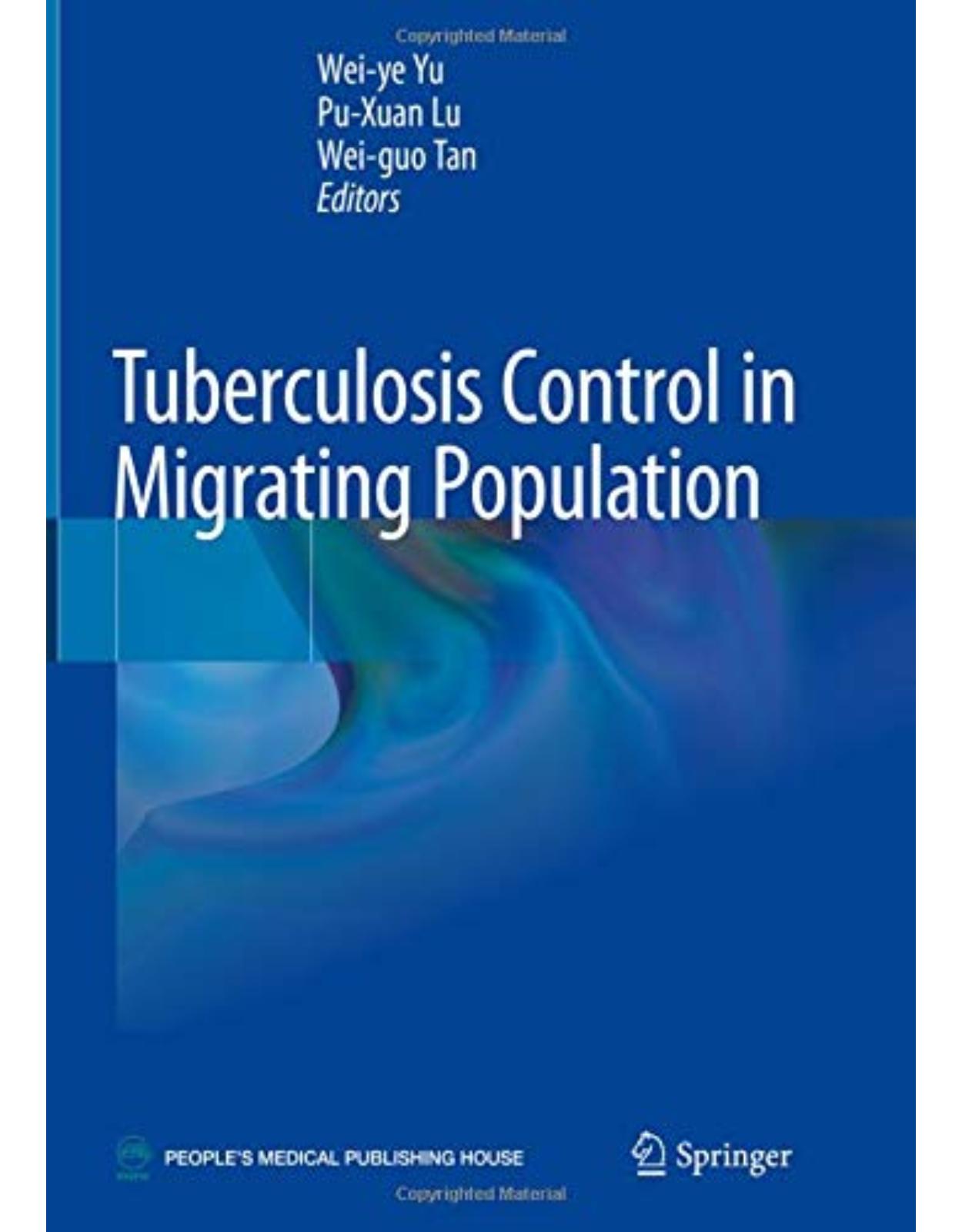
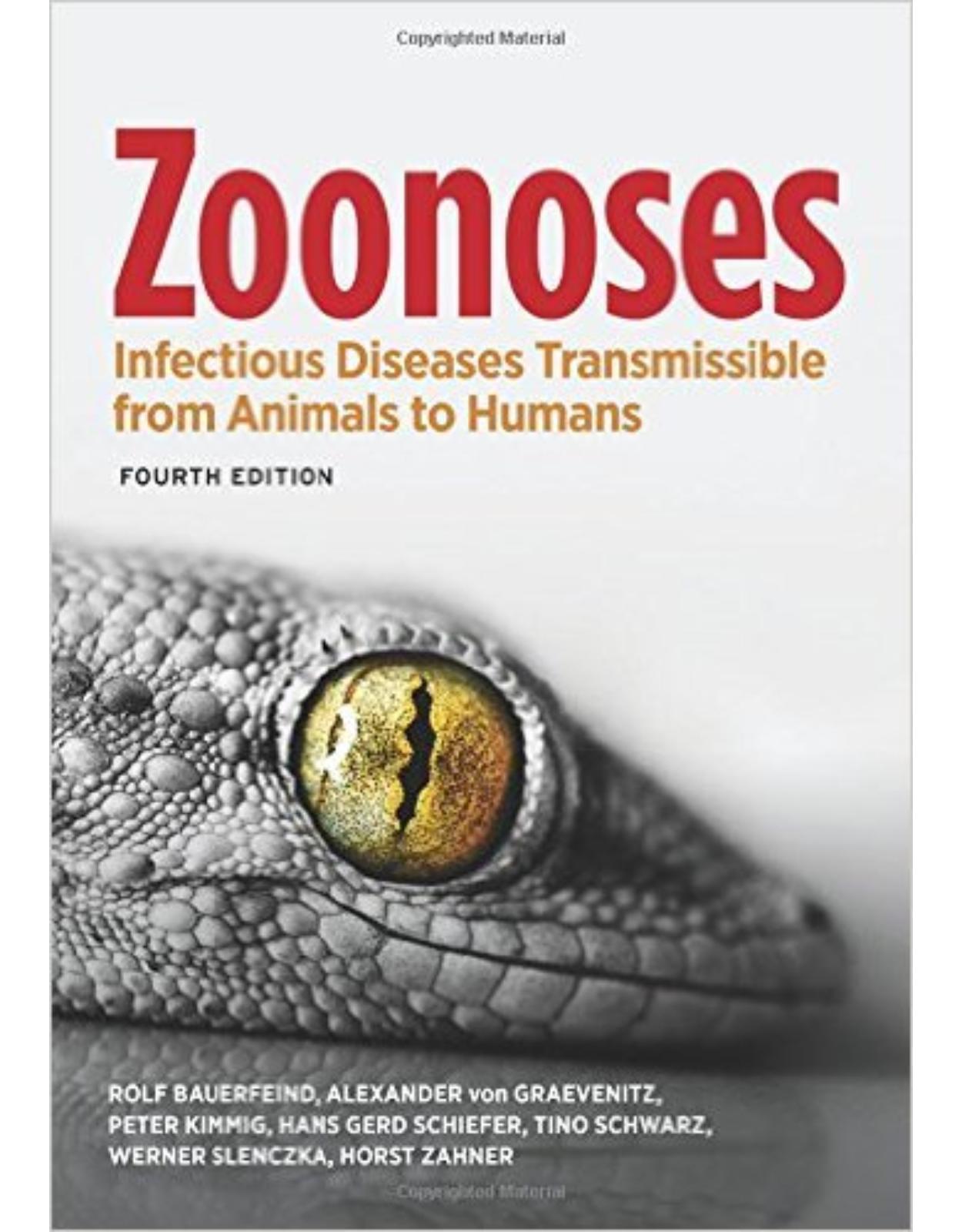
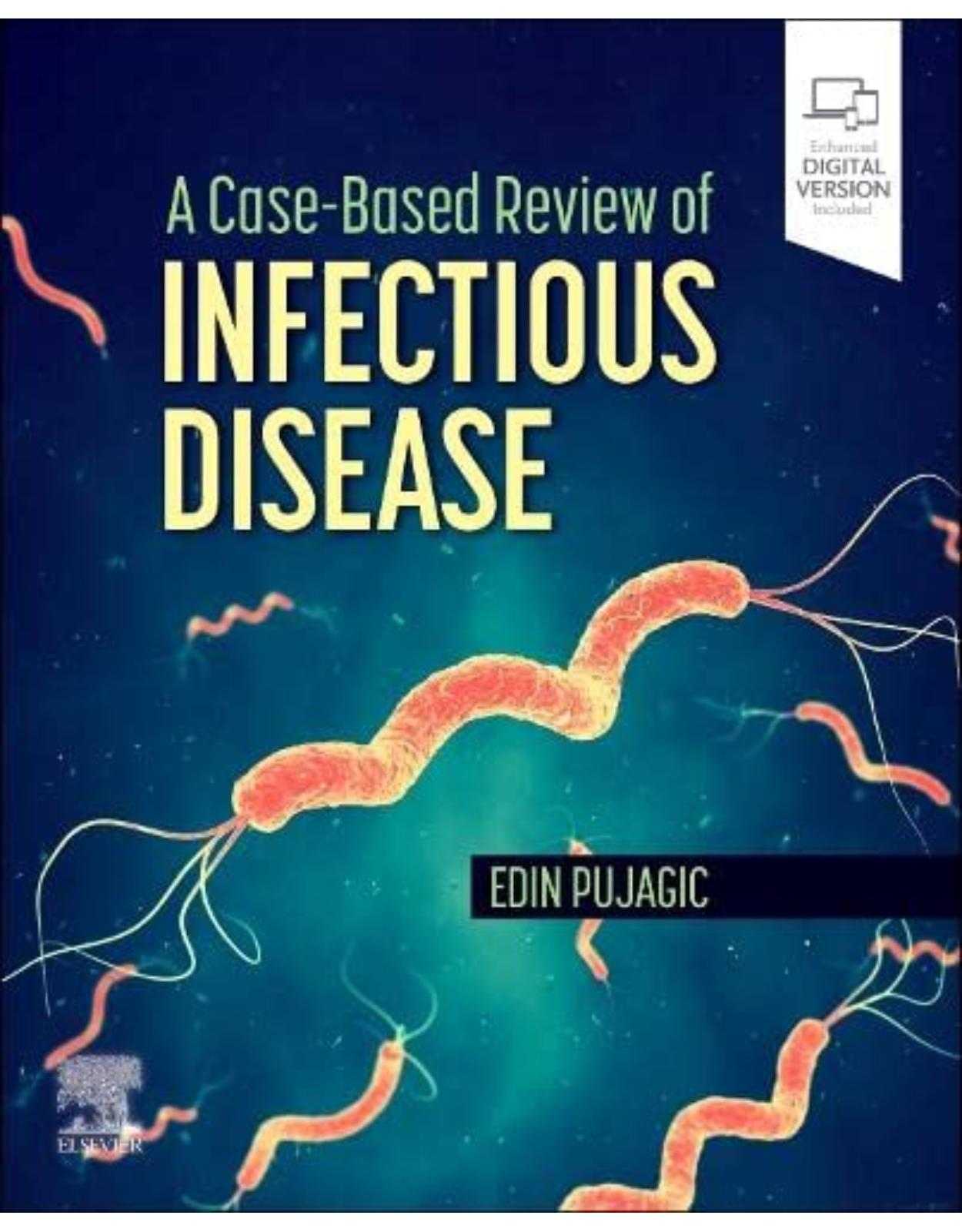
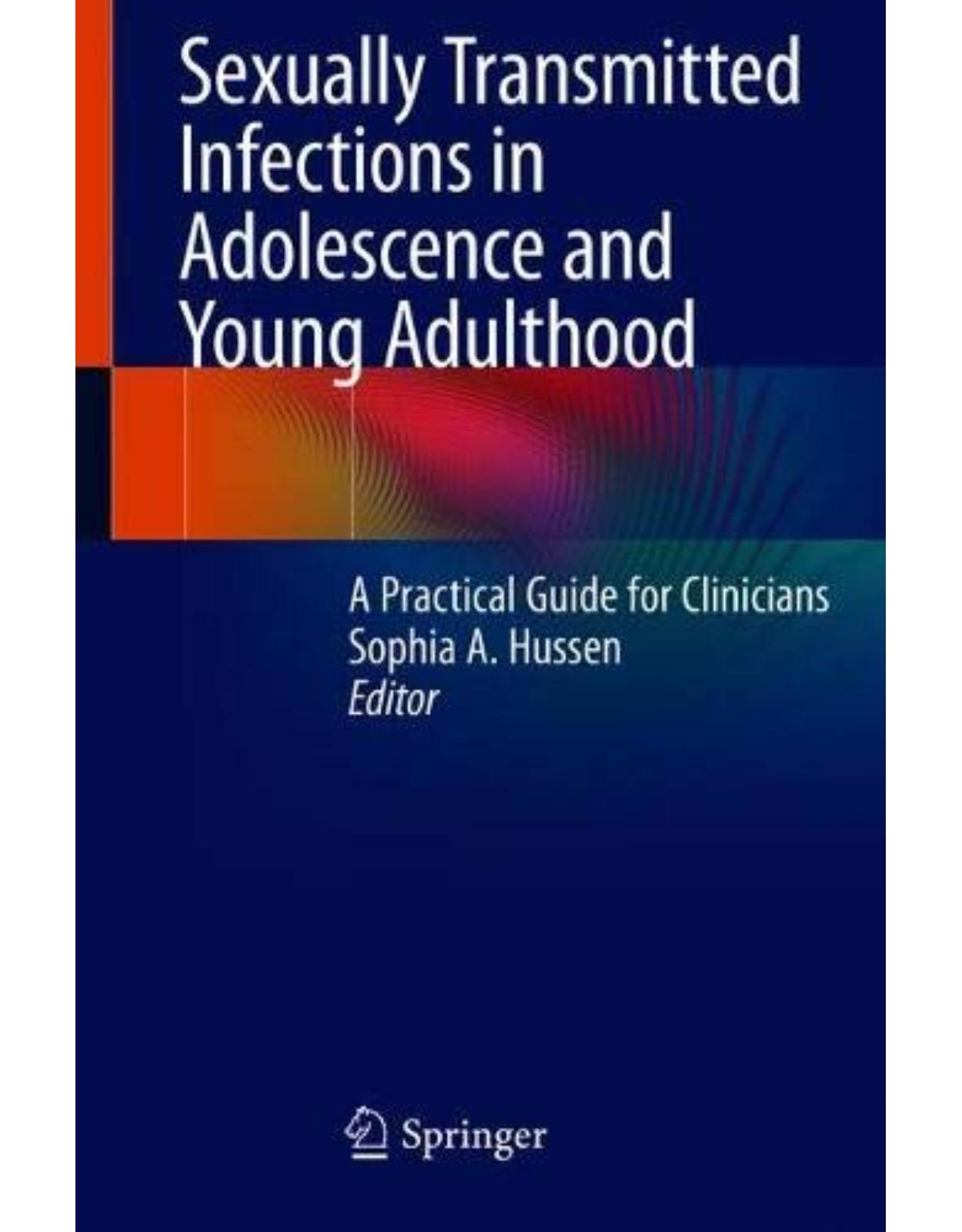
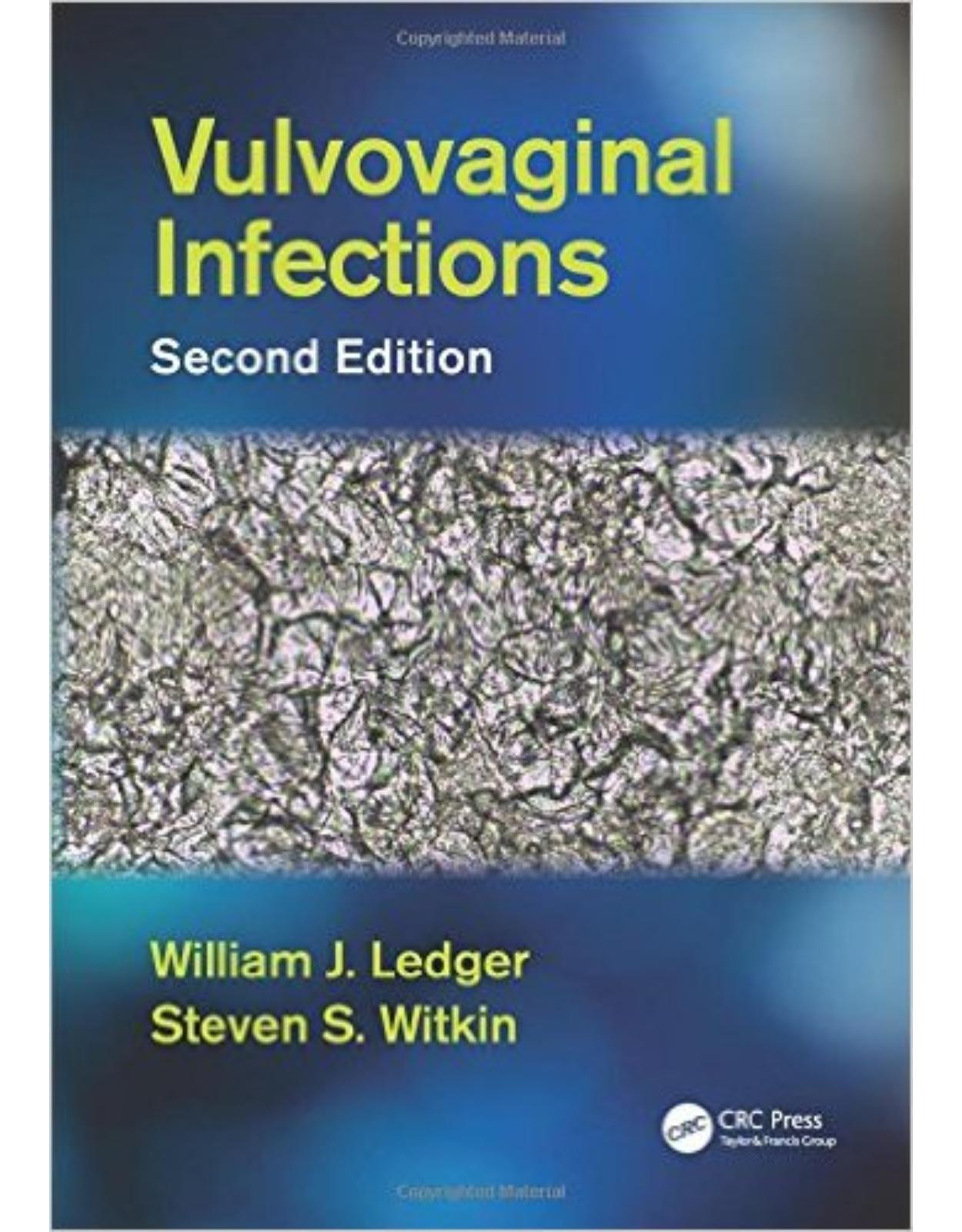
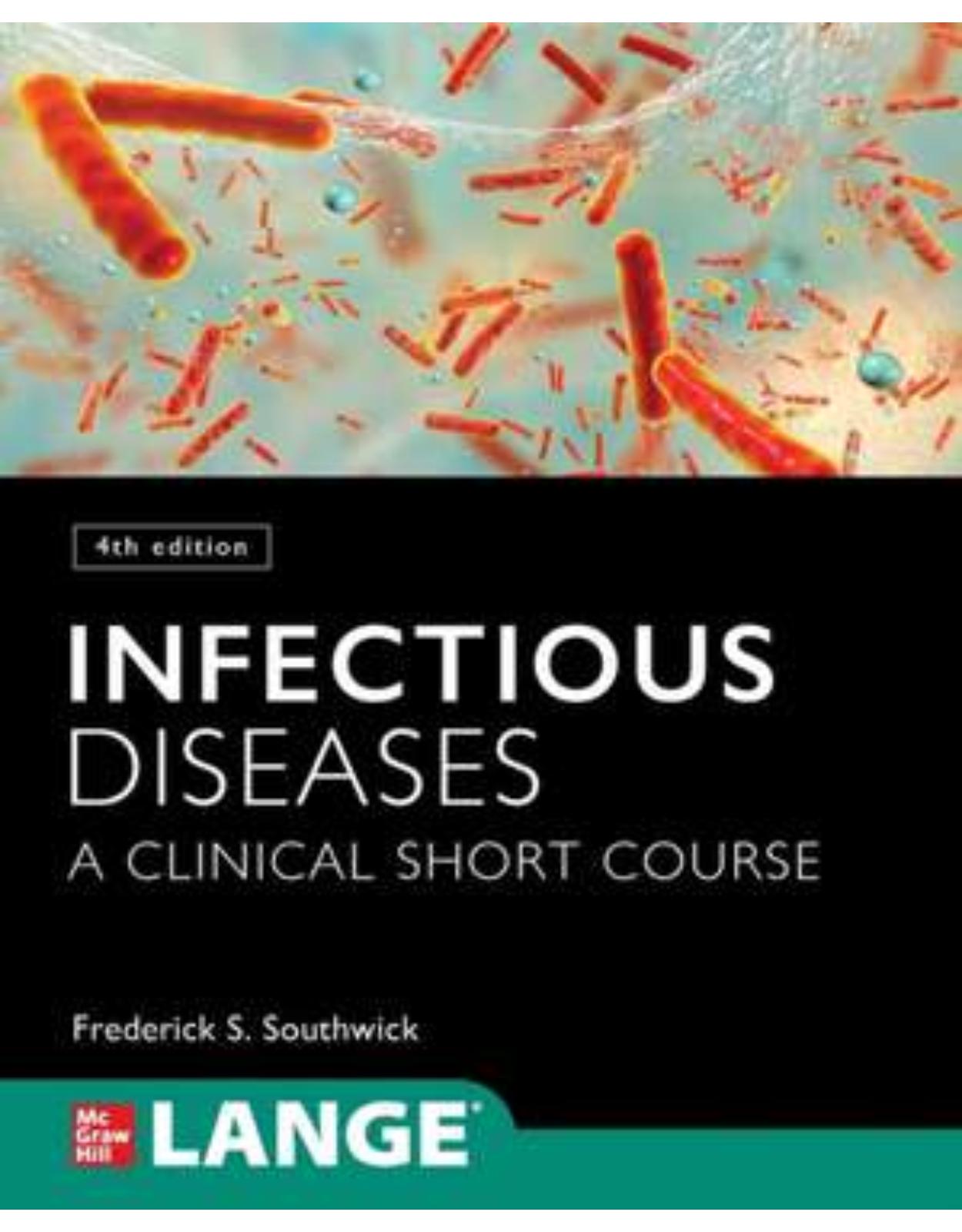
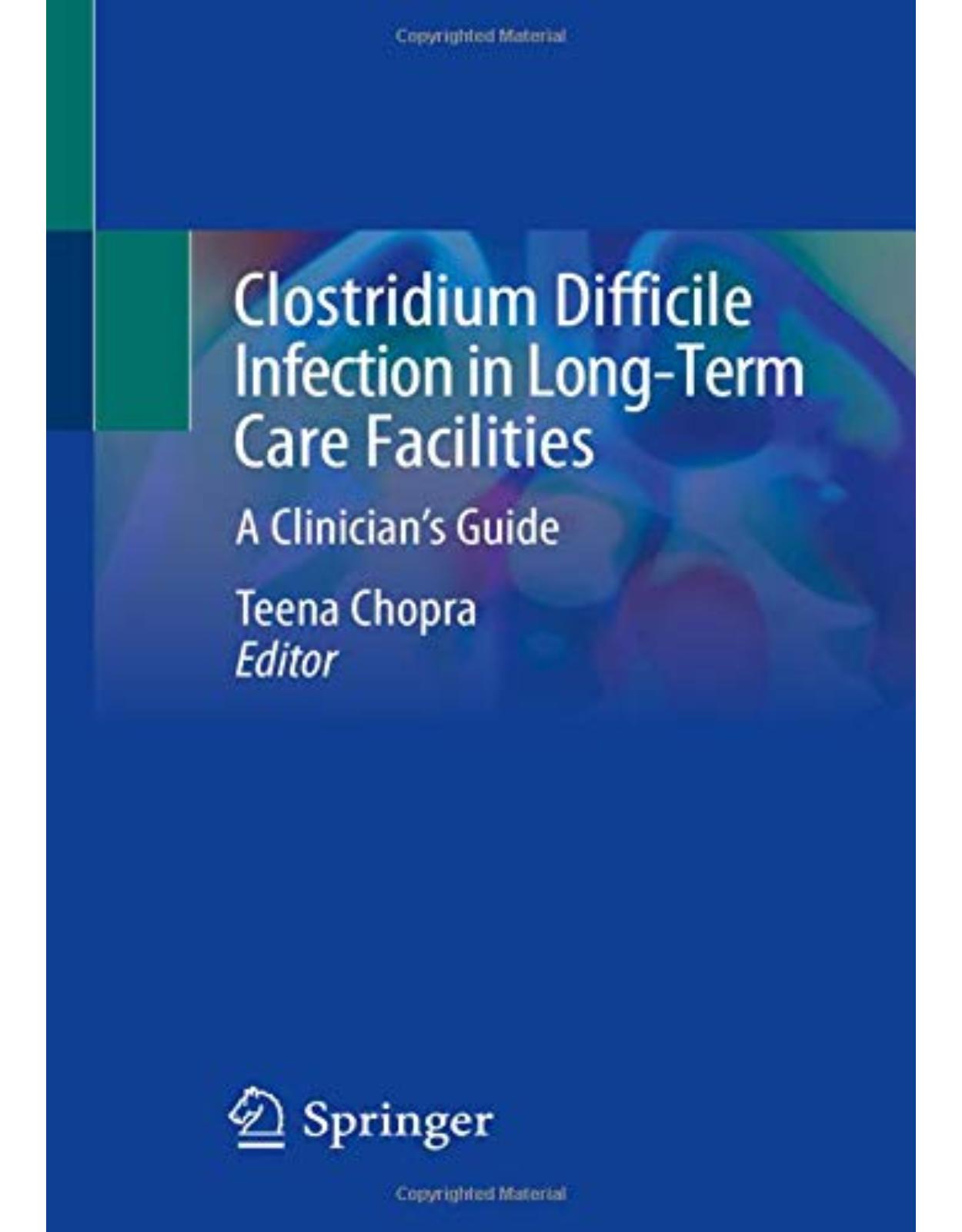
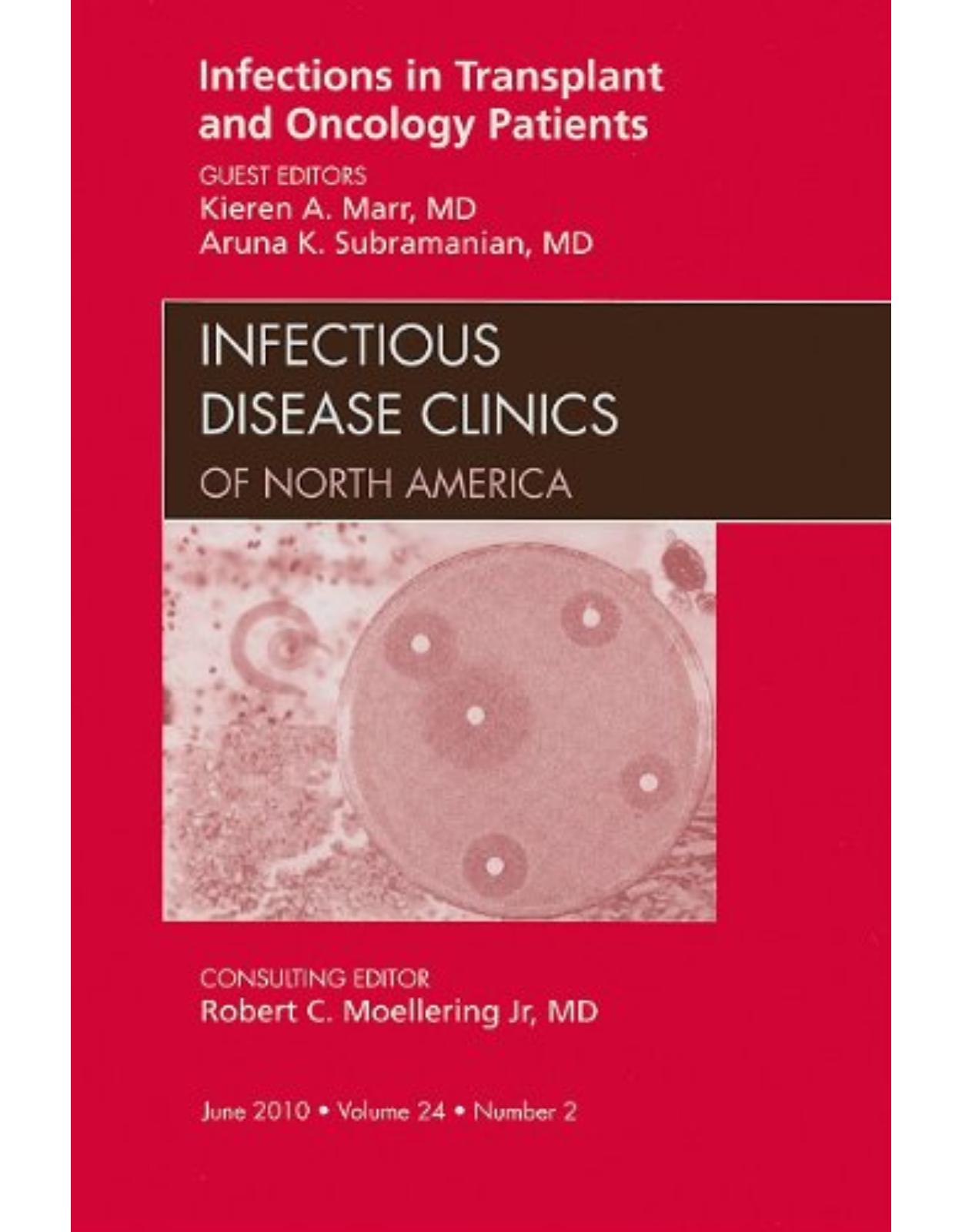
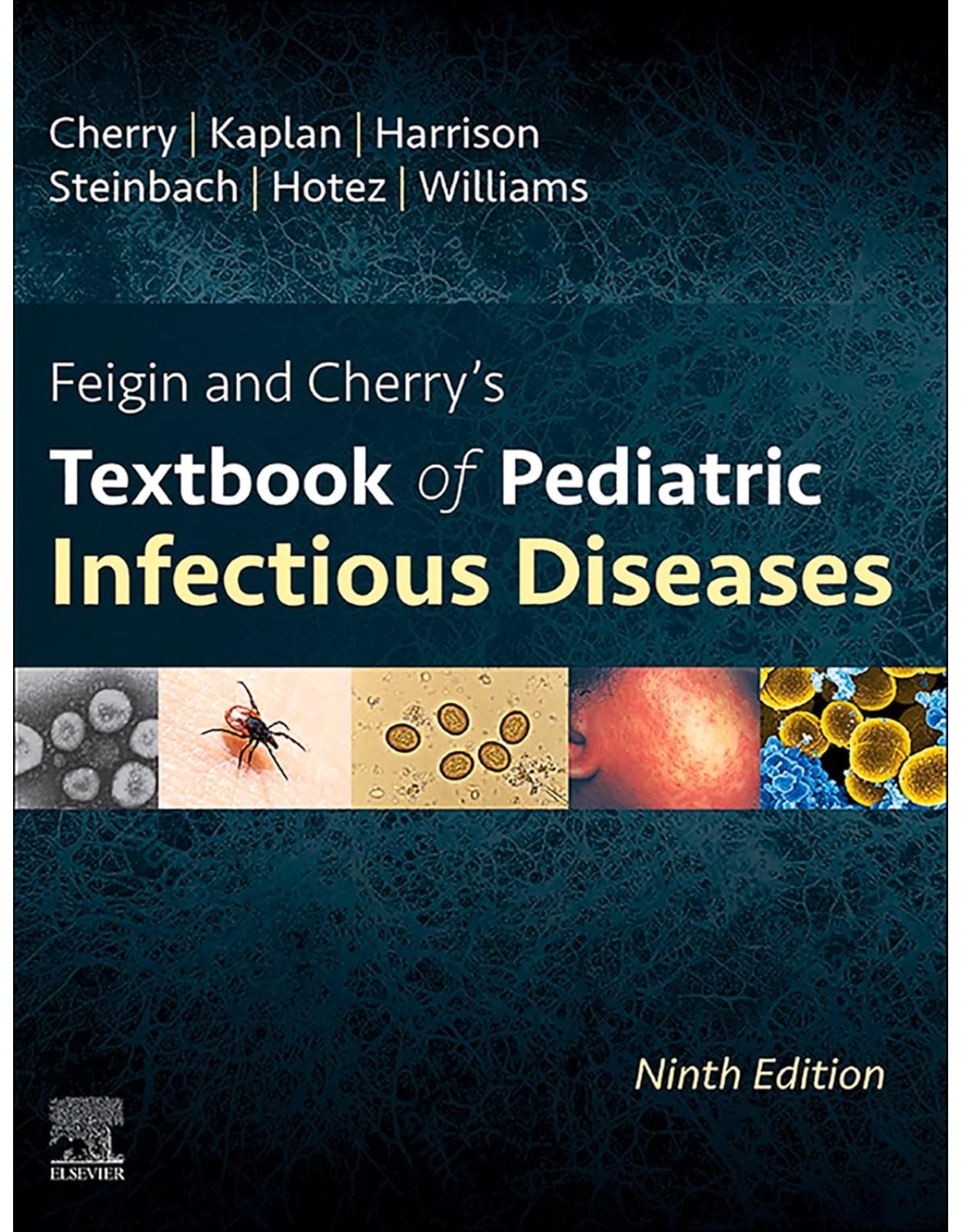
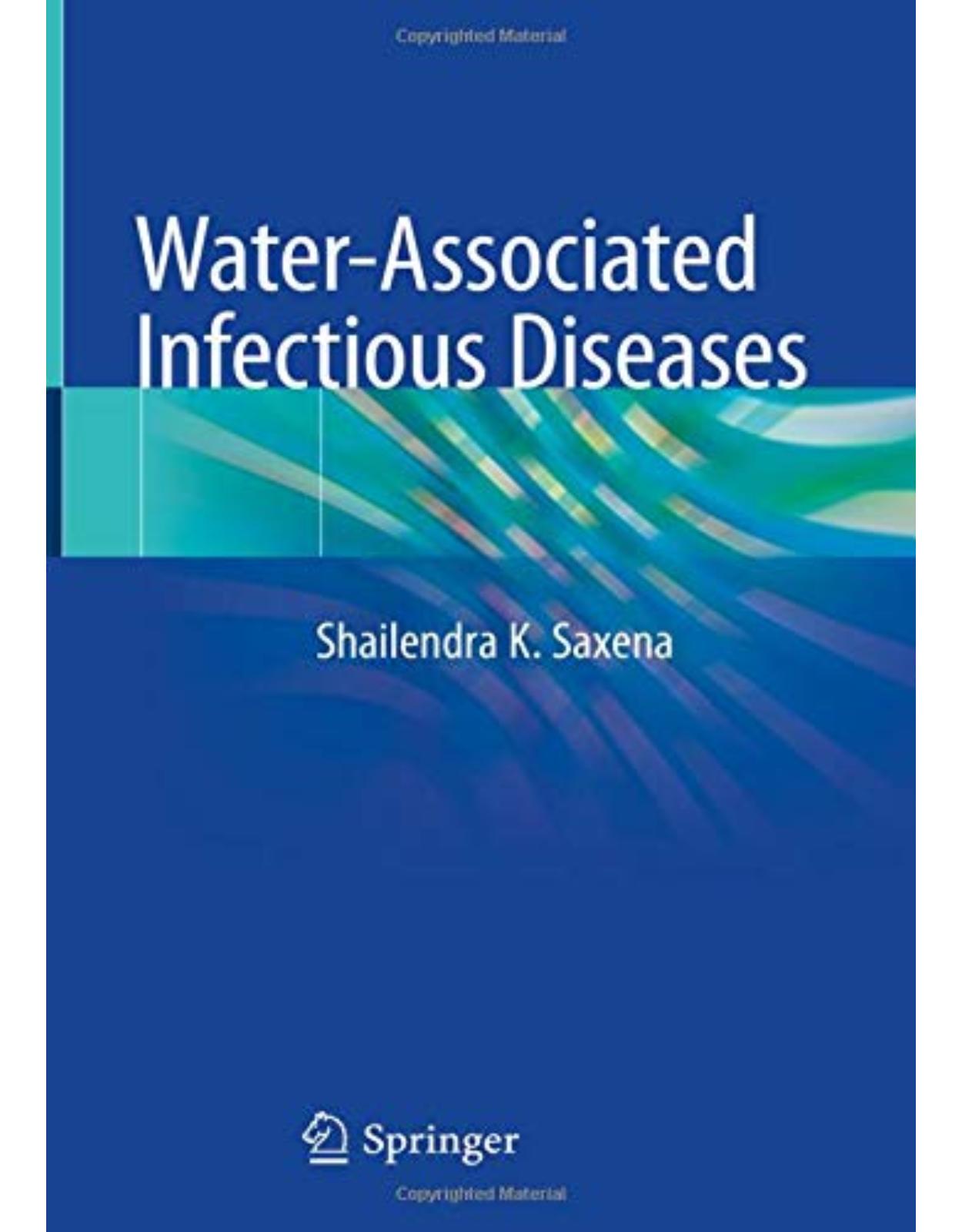
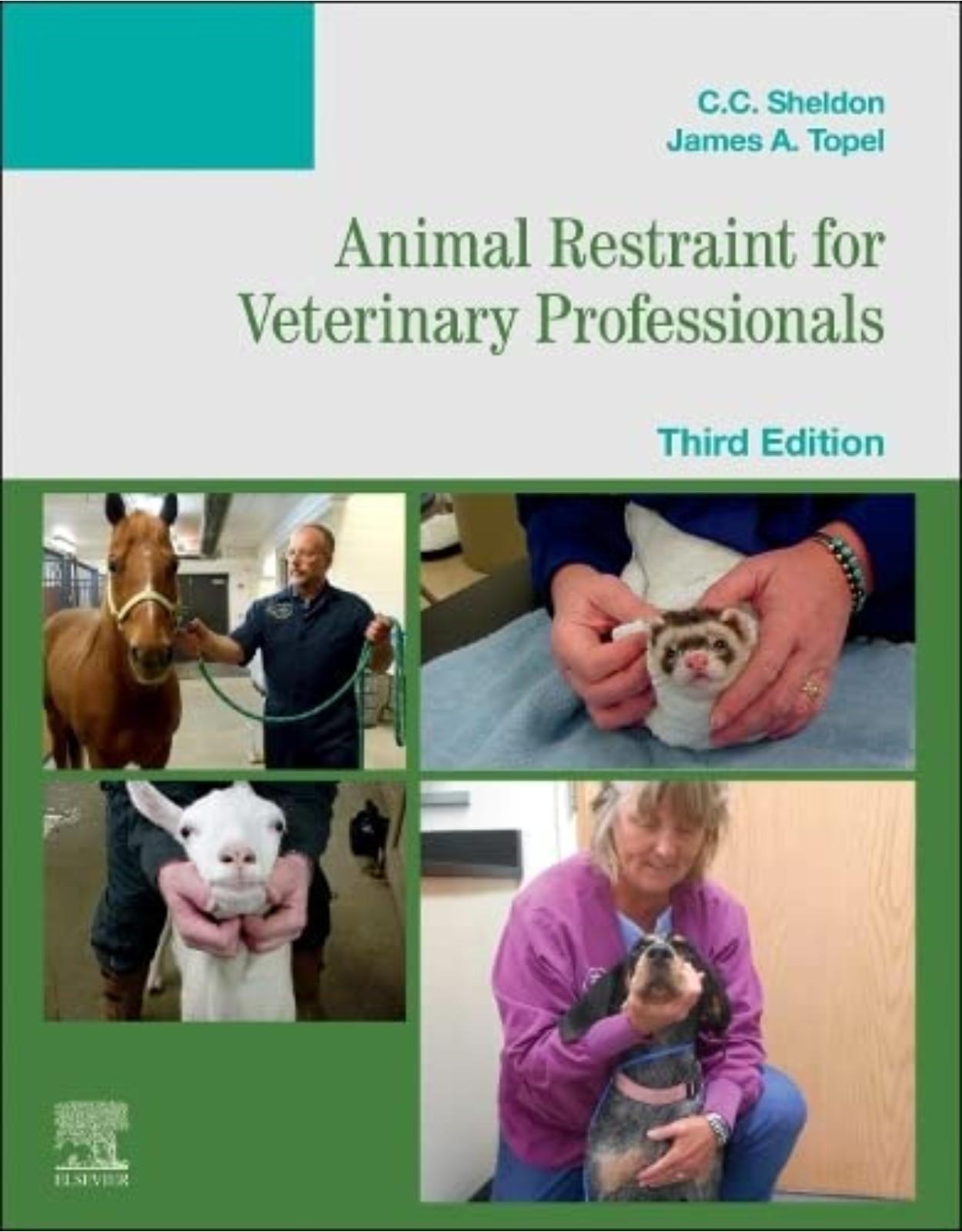
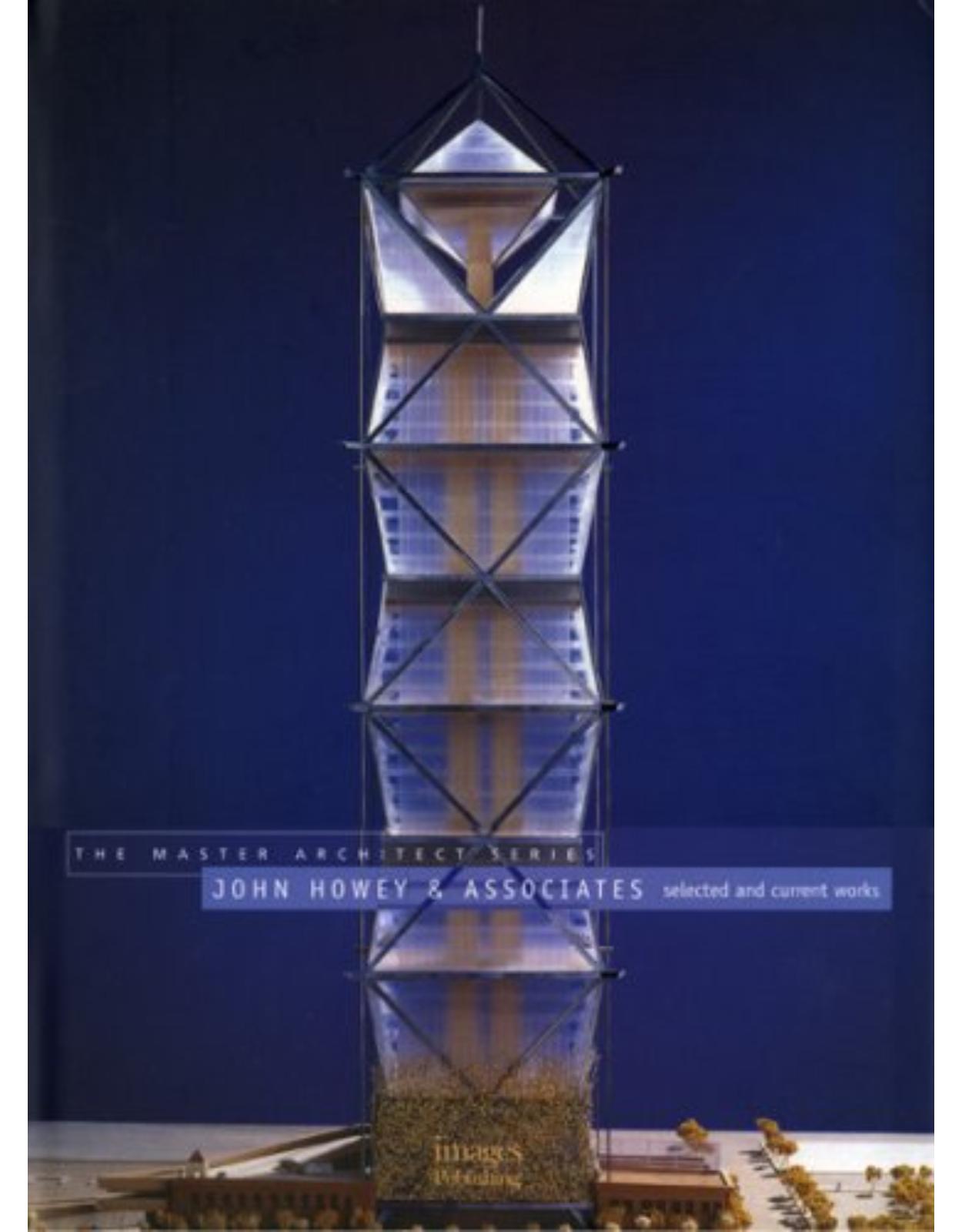
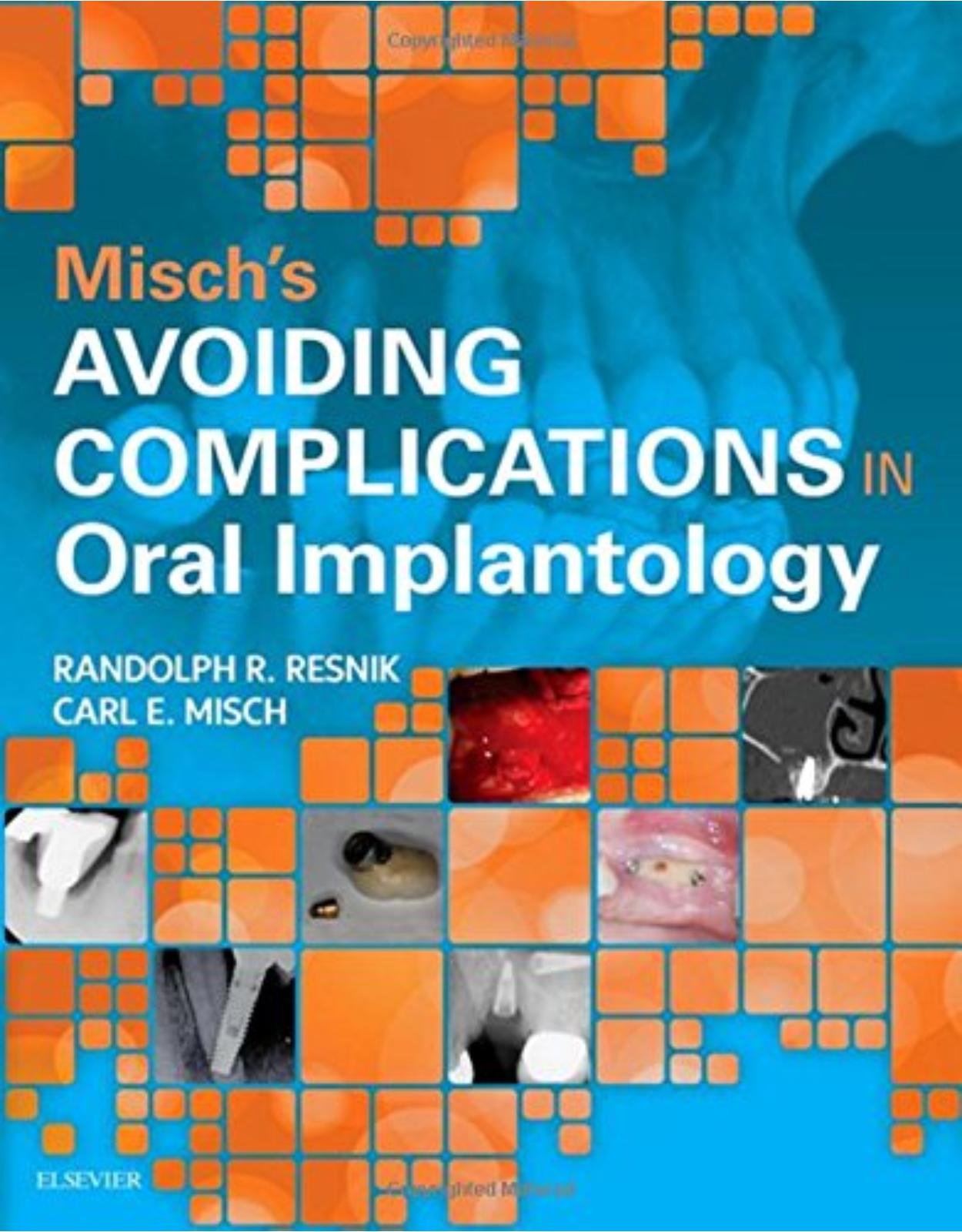

Clientii ebookshop.ro nu au adaugat inca opinii pentru acest produs. Fii primul care adauga o parere, folosind formularul de mai jos.